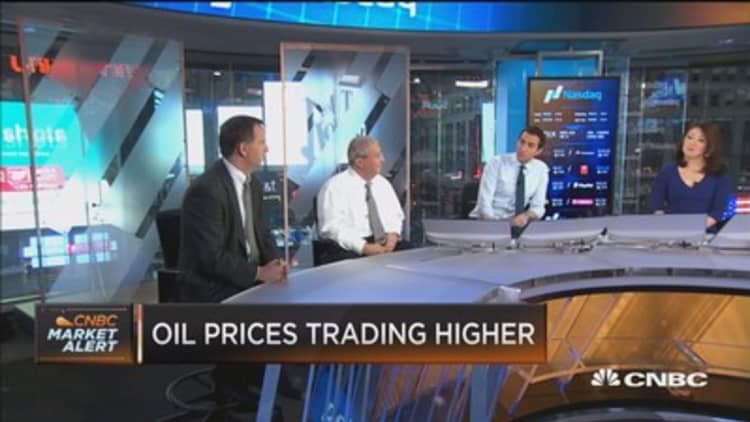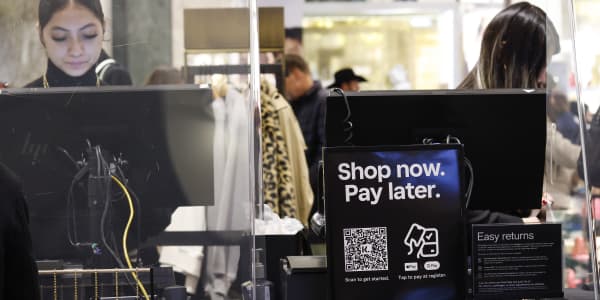Shoppers who took advantage of all those December promotions most likely got their apparel purchases for 30 percent off.
But while retail discounts remained rampant over the holidays, they also held steady in the days after Christmas — serving as the latest indication that the 2016 season may have topped original expectations.
Although the average apparel discount ticked slightly higher to 31.3 percent in December, the average amount of clothing on sale dropped nearly 8 percentage points, to 50.2 percent, according to the research firm Conlumino. But unlike 2015, when unseasonably warm weather left retailers with too much winter apparel on the rack, markdowns stayed consistent in the week that started Dec. 26.
"Given the better inventory positions entering and exiting the holiday period, we believe retailers were afforded a bit more flexibility in terms of discounting and adjusting the cadence as needed throughout the holiday period," Dana Telsey, CEO of the Telsey Advisory Group, told clients.
Discounts were less aggressive at Kohl's, which was a leader among moderately priced department stores, Telsey said. In general, promotions at higher-priced department stores were less extreme than their lower-priced counterparts. Similarly, while sales at specialty apparel stores were elevated, they appeared planned, she said.
Jefferies analyst Randal Konik told clients that some post-Christmas clearance levels at specialty shops were slightly higher than last year. But several used the post-holiday traffic boost as a means to introduce their mostly full-price spring product. That includes Gap and American Eagle.

Several analysts noted that foot traffic picked up right before Christmas, as last-minute shoppers took advantage of the extra Saturday. That bump continued in the days immediately following, as the federal holiday on Monday made it possible for more consumers to hit the mall.
Customer Growth Partners, a well-known retail research firm, last week lifted its forecast for November and December sales growth from 4.1 percent to 4.9 percent. Craig Johnson, the firm's president, credited last-minute shoppers, low unemployment rates and gas prices, and wage gains as contributors to what he says will be a better-than-expected season.
And on Tuesday, the International Council of Shopping Centers said that consumers spent 16 percent more this holiday than last season, and 4 percent more than they originally planned. The trade organization's survey, which polled more than 1,000 adults, found that more than half of shoppers waited until the final days before Christmas to complete their spending. On average, they spent $897 on gifts, dining and entertainment at shopping centers.
Yet even as sales are seen rising, not all retailers will benefit. Those who lowered prices but were not able to increase their volumes will lose, according to Conlumino. And as the race to the bottom intensifies, those retailers that constantly had to rely on widespread promotions will likely take a hit on their bottom lines.
"One of the things that will be really interesting is to see the margin results and the profitability results," Steve Barr, PwC's U.S. retail and consumer sector leader, told CNBC last week.
The market will have a better sense of how the season shook out this week, as retailers start releasing their December sales. The Commerce Department and the National Retail Federation will release their December and holiday sales results next week.
The National Retail Federation's forecast calls for 3.6 percent growth in November and December.




